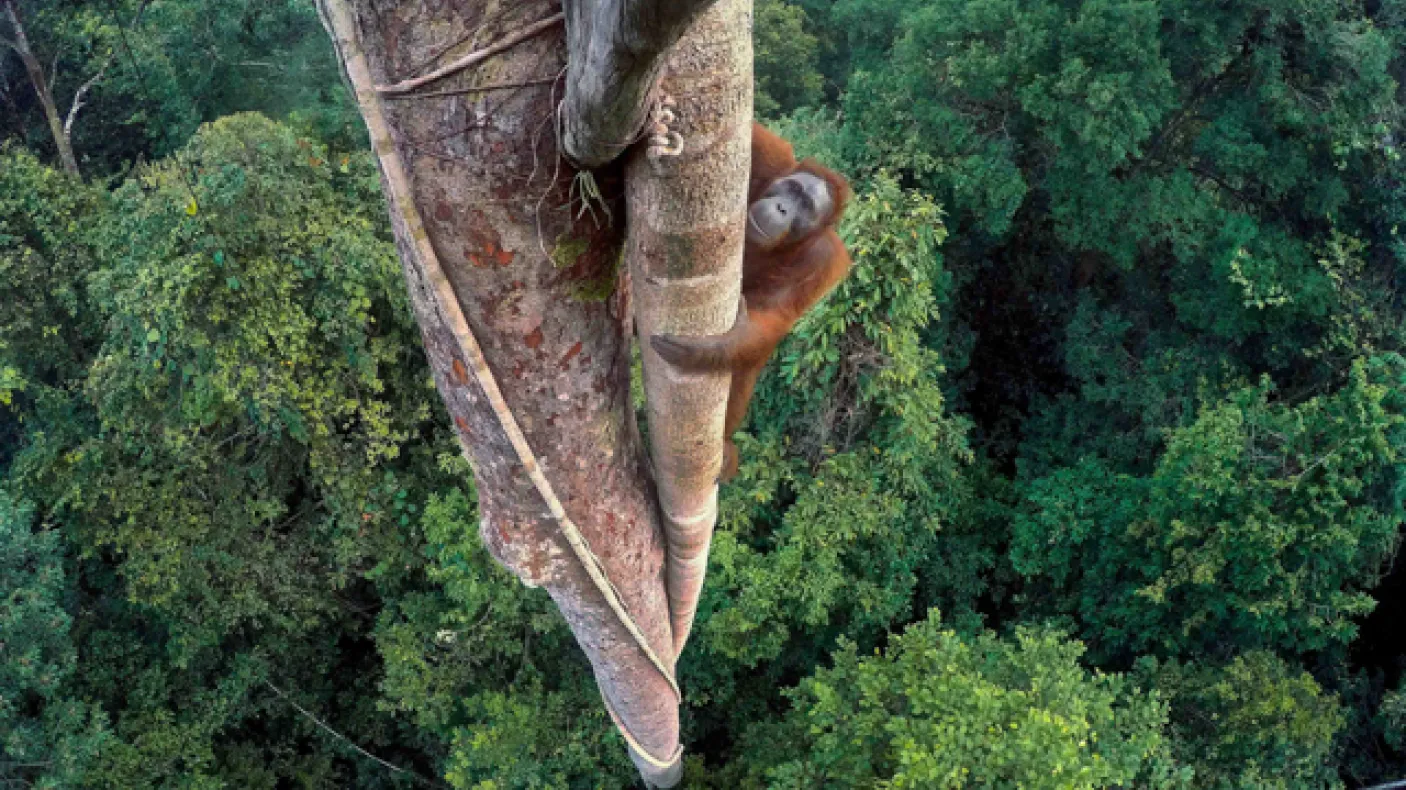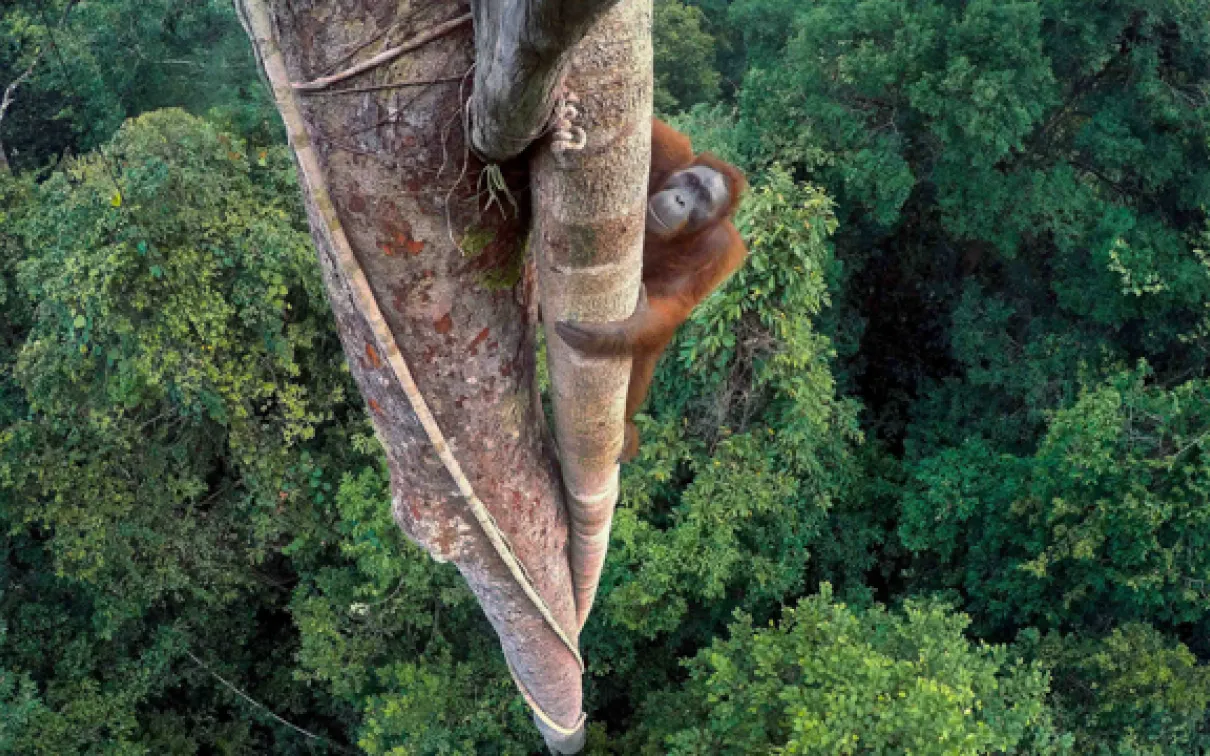Storytelling: Art, Culture, Nature
Published
Categories
Author
Blog Post
Guest blog by Environmental Visual Communication graduate Samantha Stephens
Art, Culture, Nature. They may be separate words, but if we consider them separate disciplines, we are doing a disservice to the potential of human wisdom. Without nature, there is no culture. Without culture, there is no art.
Some of humanity’s earliest forms of culture were drawings on cave walls; an attempt to tell visual stories to understand and share the world around us. How have humans created cultures based on their interaction with the environment? This overarching inquiry invites a cascade of related questions about the relationship between nature and humanity. These are the type of questions that Justin Jennings and April Hawkins, Curator and Technician, respectively, of New World Archaeology here at the ROM, are interested in. While Jennings and Hawkins are investigating this relationship, Lisa Milosavljevic is bringing their findings to the broader public, through a documentary film. Milosavljevic, an archaeologist and visual communicator, was partnered with ROM New World Archaeology as her Applied Project for the Environmental Visual Communication (EVC) program. This unique post-graduate program is offered by Fleming College and the ROM. In this program students learn to use visual media to communicate science to the public.
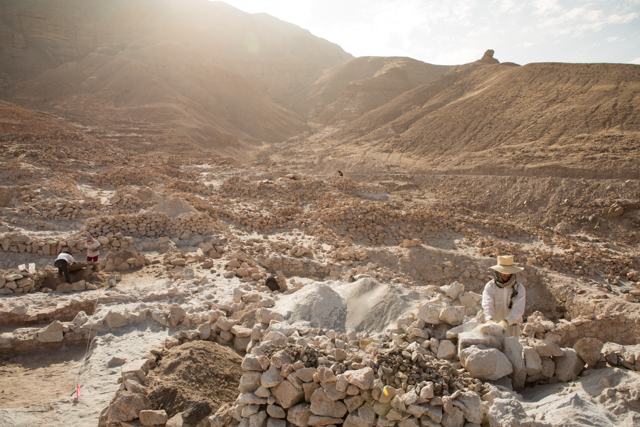
Sharing stories that explore the past relationship between humans and the environment evokes consideration of where this relationship currently stands. Today many people have an artificial feeling of separation from nature, a feeling that has grown along with the size of our cities. But the truth is we are just as dependent on nature as we’ve always been. Already we are seeing an extinction of culture, mirroring the extinction of species. Storytelling has continued to hold a place in our traditions as a method to pass on knowledge, and with the growth of social media platforms, compelling narratives, especially visual ones, remain a powerful art form to start conversations about the role of nature in today’s culture.
The Wildlife Photographer of the Year (WPY) competition, on display this winter at the ROM, challenges photographers not just to explore the relationship of humanity and nature in the Urban Wildlife category, but also to challenge our understanding of nature itself. One of the most prestigious nature photography competitions in the world, WPY continues to curate images that inspire understanding and conservation of our environment. This year’s overall winner Tim Laman utilizes photography as a tool to tell stories about wildlife. His photo story in this year’s exhibit highlights the threat of deforestation to Borneo’s orangutans, a long-term project in partnership with his wife Cheryl Knott, a biological anthropologist studying these endangered animals.
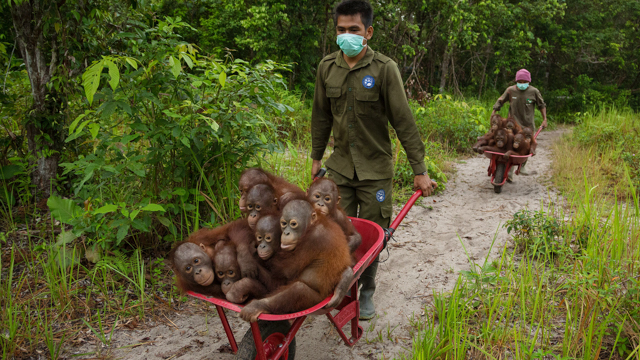
Laman is a scientist himself and is perhaps best known for his work on birds-of-paradise. Through a collaboration with National Geographic and the Cornell Lab of Ornithology, Laman and ornithologist Ed Scholls set out to capture images of all 39 elusive birds-of-paradise species. Males in this group have developed some incredibly elaborate physical and behavioural characteristics, ranging from colourful feathers to shape-shifting and choreographed dances, in order to woo female partners. Laman’s mission was more than just to create a series of pretty pictures. These traits are a manifestation of an evolutionary force called sexual selection, when a female chooses a partner based on a particular feature. By photographing male birds from the perspective of the choosey females, Laman revealed aspects of the male displays that had never been observed before. These types of observations are key to understanding the evolution of mating systems and are an example of how art can inform our understanding of nature.
Birds-of-paradise are not the only group whose mating systems result in some spectacular displays. In order to mate, flowering plants have had to overcome the challenge of their immobility and they have done so in a way that produces some of the most elaborate arrays of shape and colour. This not only attracts the pollinators they require to facilitate mating, but also the scientists who are interested in understanding the evolution of mating systems. I am one of those scientists. Following my undergraduate degree in biology, I pursued a Masters researching this topic. When asked about this research I was eager to fascinate my audience by describing the evolutionary details of plant sex. But I was often surprised that the end of this story was met with puzzled looks and the question, “plants mate?” The experience of trying to convey my own research to my peers led me to become interested in exploring how to engage the public in topics of science and the environment. Interested in the intersection of nature and art, I pursued the EVC program and, like Tim Laman, began using photography to tell stories about our natural world.
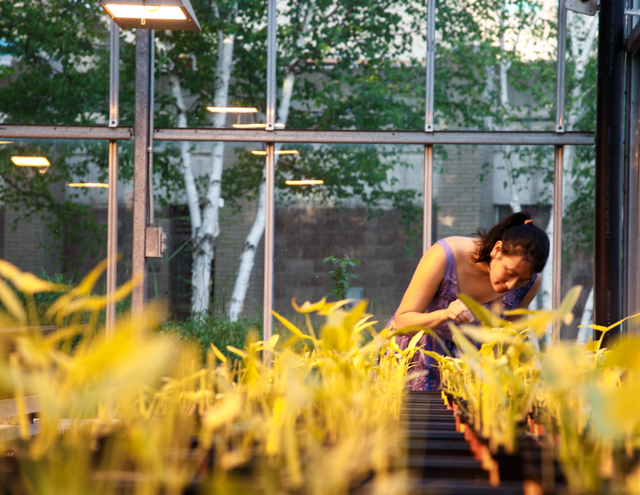
The EVC program isn’t just about nature and art. It also draws on psychology to understand how to create campaigns that appeal to target audiences in order to inspire action in response to environmental issues. It leverages technology and social media to spread narratives. The ultimate goal of an environmental communicator is to instill an understanding and appreciation for nature in our culture. At a museum that chooses the words art, culture and nature to represent its interdisciplinary approach to knowledge, the EVC program finds the most appropriate setting.
As a scientist of the natural world, I know that nature doesn’t function as isolated fragments and neither should our knowledge. Solutions to today’s global issues, especially our environmental crisis, will rely on an interdisciplinary approach. We need not only delve deeper into highly specialized disciplines, but also unite them, filling empty niches in our human wisdom and creating a more holistic understanding of our world and each other that more accurately reflects the interconnectedness of the real world.
